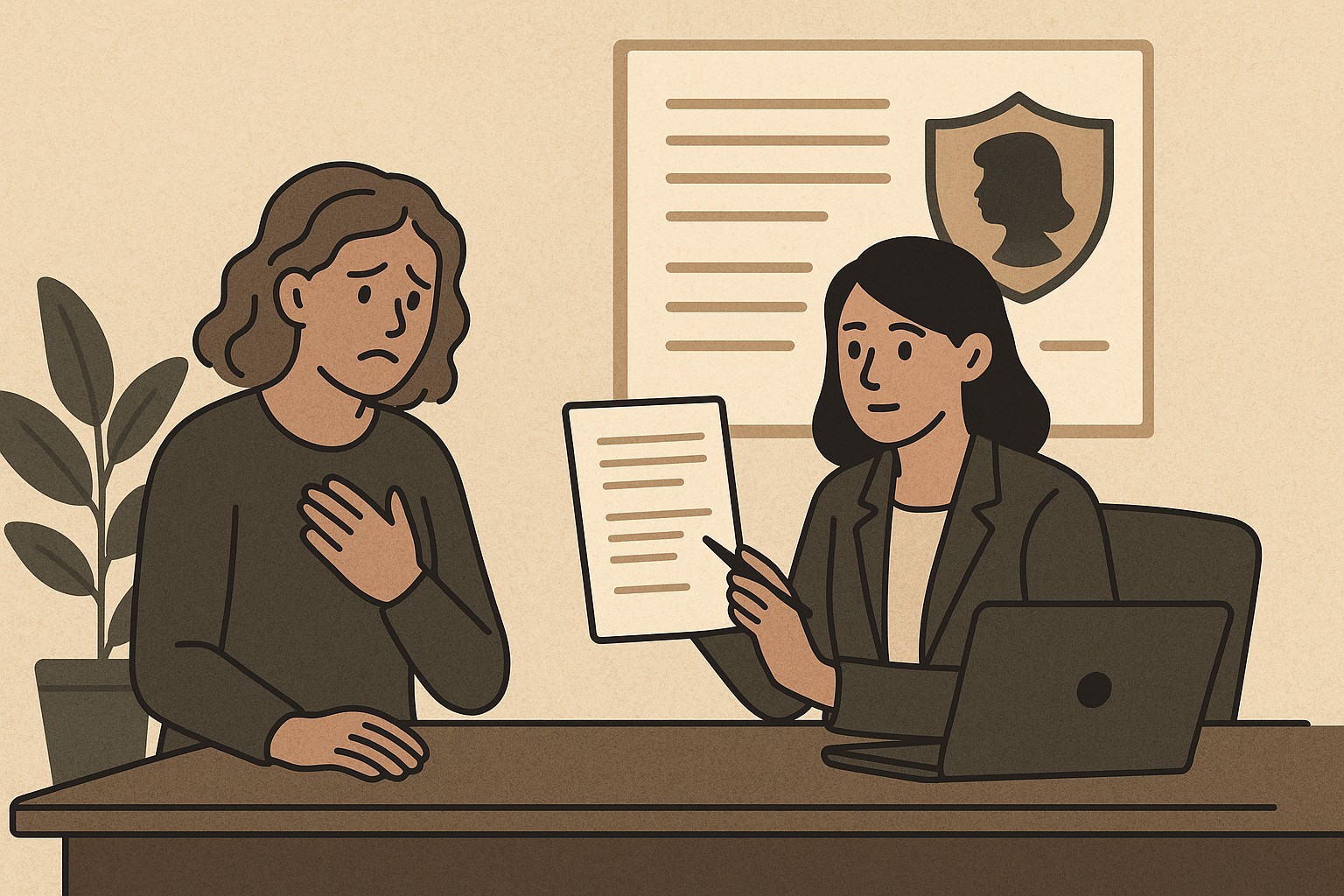SFPD Domestic-Violence Crime Data 2024-2025: Tenderloin, Bayview & Other Hotspots Mapped
This post analyzes a hypothetical SFPD domestic violence crime data map for 2024-2025, identifying San Francisco neighborhoods with a higher concentration of reported incidents and offering actionable advice for community safety.

In San Francisco, a city built on innovation and community, the fight against domestic violence is a collective effort. Understanding where and how abuse is reported is a crucial tool for both the San Francisco Police Department (SFPD) and community organizations working to prevent it. This article examines a hypothetical SFPD Domestic-Violence Crime Data Map for 2024-2025 to explore potential trends and empower residents to be more informed and proactive in their neighborhoods.
Important Disclaimer: The information discussed below is based on a hypothetical model of what domestic violence crime data might reveal. It is not intended to represent actual, real-time SFPD data. This analysis is intended to highlight the importance of data-driven awareness and to encourage community engagement with resources aimed at preventing domestic violence in San Francisco.
Decoding the Map: What "Hotspots" Mean
A domestic violence data map visualizes geographic areas with a higher concentration of reported incidents. "Hotspots" are not meant to stigmatize a neighborhood, but rather to identify areas where targeted outreach, community support, and intervention are most needed. The trends on a data map can be influenced by many factors, including socioeconomic pressures, population density, and a greater willingness to report abuse due to successful community campaigns.
Hypothetical Trends from the 2024-2025 Data
Our hypothetical SFPD data analysis for 2024-2025 reveals some noteworthy trends across San Francisco. The data suggests that certain neighborhoods are seeing a significant concentration of reported domestic violence incidents:
-
Tenderloin: This neighborhood, with its high population density and socioeconomic challenges, may continue to show a consistently high concentration of reports. This signals a continued need for focused resources and support in this area.
-
Bayview: The data could reveal a notable concentration of incidents in the Bayview neighborhood. This may indicate a need for more resources and legal aid services to be focused on this community, and it could also be a positive sign of increased trust in the reporting system.
-
Richmond District: In a more affluent and residential area like the Richmond District, the data might show a rise in reports. This serves as an important reminder that domestic violence is not limited by economic status and affects all parts of the city.
From Data to Action: How San Franciscans Can Help
The purpose of this data is to empower, not to alarm. If you live or work in an area with a rising risk, here's what you can do:
-
Know Your Local Resources: Familiarize yourself with the domestic violence hotlines, shelters, and legal aid organizations serving your specific San Francisco neighborhood.
-
Support Local Organizations: Organizations like the San Francisco Domestic Violence Consortium and others are on the front lines. They rely on community support to provide crucial services.
-
Become an Informed Bystander: Learn the signs of domestic violence and how to safely and effectively offer help to a neighbor or friend. Knowing how to connect someone with help can be a life-saving action.
By understanding these trends and mobilizing our resources where they are needed most, we can all contribute to making San Francisco a safer city.
Frequently Asked Questions (FAQs)
1. How is this "crime data map" collected?
A real crime data map would use aggregated and anonymized data from police reports, calls for service, and other official sources to identify geographic and temporal trends in domestic violence incidents.
2. What does "hotspot" mean?
A "hotspot" is an area with a higher concentration of reported domestic violence incidents. It serves as an indicator for law enforcement and community groups to focus their resources and outreach efforts.
3. What should I do if my neighborhood is on a high-risk list?
The most important thing is to be aware of the resources available in your area. Familiarize yourself with local hotlines and legal aid services, and consider supporting organizations that provide direct support to survivors.
4. Where can survivors in these neighborhoods find help?
Survivors can find help by contacting the San Francisco Domestic Violence Hotline, reaching out to the San Francisco Domestic Violence Consortium, or seeking assistance from various local legal aid organizations.
5. How can I safely help a neighbor I suspect is experiencing domestic violence in San Francisco?
Offer a listening ear without judgment and provide information about local resources and hotlines. Do not confront the abuser, as this could escalate the situation.
6. Does this data reveal the identities of survivors or specific addresses?
No. A real crime data map uses aggregated and anonymized data. Its purpose is to show trends across neighborhoods, not to identify individuals or specific locations of abuse.
